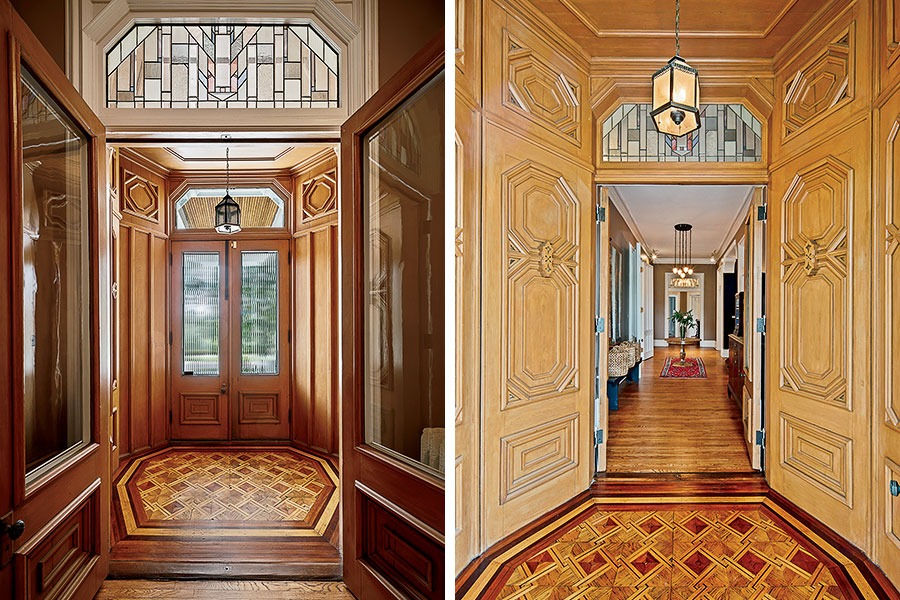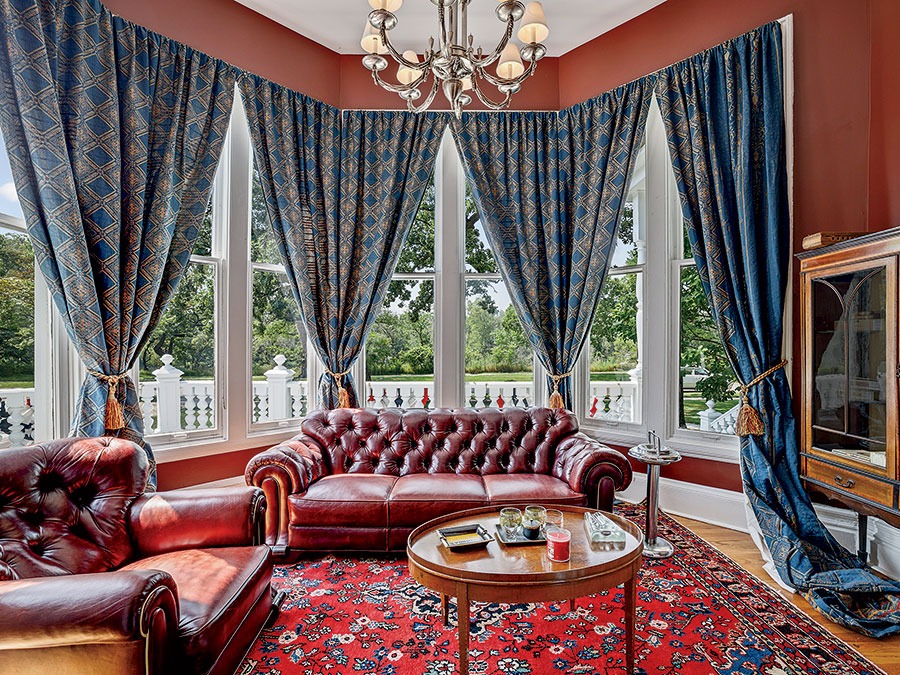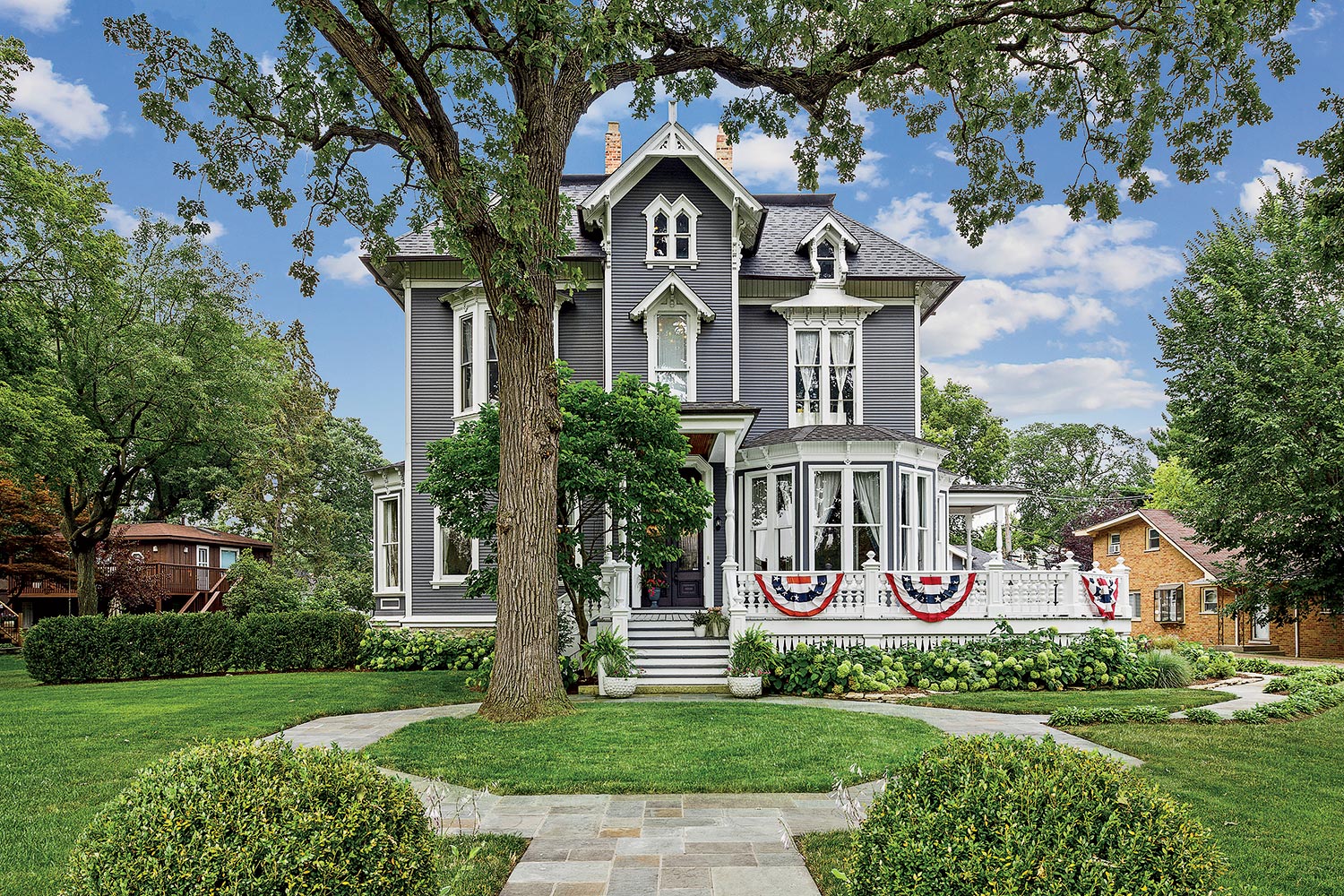The Riverside Improvement Committee envisioned “a perfect village in a perfect setting” when it hired Frederick Law Olmsted and Calvert Vaux of Central Park fame to lay out the community in 1869. Designated a National Historical Landmark in 1970, Riverside is chock-a-block with impressive homes, including Frank Lloyd Wright’s masterful Coonley House.
About 15 years before he designed the world’s first tall steel-framed building (Chicago’s Home Insurance Building of 1885), architect and engineer William Le Baron Jenney whipped up a swanky residence for local civic leader William T. Allen. A periodical of the time, the Land Owner, raved “the house is, in an architectural sense, studiously simple, relying for effects on dimensions, general forms and proportions, instead of costly ornamentation, as can be judged by its low cost, being only eighteen thousand dollars.”

Now on the market at $2.1 million, the house is not “studiously simple” by today’s standards. But from the handsomely patterned hardwood floor of the vestibule to the big bay windows gracing the library and conservatory, it sure is special. Thirteen-foot ceilings, nine marble fireplaces, and a wraparound porch attest to the home’s historic character. More recent touches include a spa-like primary bathroom and a paver patio complete with new landscaping. At 10,496 square feet, the house features loads of space for relaxing and entertaining (including a 3,000-square-foot finished attic), eight bedrooms, and five full bathrooms. A detached garage — designed in architectural harmony with the house — has room for four cars.

Just 10 miles from the Loop (the city skyline is visible from the Metra station), Riverside retains the garden-like aspect of its early days. Everything here — from the public library to Quincy Street Distillery to the Swiss Gothic Water Tower (also desgined by Jenney) — is an easy stroll from 84 Riverside Road.



